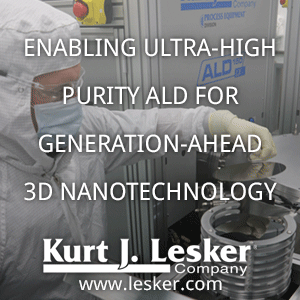Lam Research now offers molybdenum (Mo) atomic layer deposition (ALD) with its ALTUS Halo platform, introduced in 2025 as the first high-volume ALD tool designed for Mo metallization. The system enables conformal and selective, bottom-up deposition of low-resistivity, void-free Mo films, targeting advanced logic, memory, and 3D NAND applications where conventional copper and tungsten interconnects face scaling and reliability limits. This positions Lam’s Mo-ALD as a key enabler for next-generation BEOL hybrid metallization schemes.
Current density of various metal/via schemes. Red and green areas indicate higher current density.
Hybrid metallization using Mo shows strong potential to overcome the scaling limitations of conventional copper dual damascene (Cu DD) processes in advanced semiconductor BEOL interconnects. As device dimensions shrink, Cu faces challenges such as increased resistivity, barrier thickness limitations, and stress-induced voids (SIVs), all of which degrade performance. Mo hybrid metallization, which uses bottom-up barrierless metal deposition before a conventional Cu process, significantly reduces resistance—by about 55% compared to Cu DD—and further by 15% with selective barrier deposition (SBD). This lower resistance translates into higher current densities and improved reliability. Stress distribution studies also reveal that Mo hybrid vias exhibit lower void formation risks than Cu due to smaller stress gradients at the via/barrier interfaces.
Comparison of via and line resistance for conventional Cu dual damascene and Mo hybrid metallization schemes. Mo vias reduce total resistance by ~35% without selective barrier deposition (SBD), with an additional ~20% reduction when fully replacing Cu. Applying SBD further lowers resistance, achieving up to ~55% reduction compared to the Cu baseline.
Optimization studies, performed with SEMulator3D® simulations, identified key parameters like via critical dimensions, height, and material stress properties that impact resistance, capacitance, and hydrostatic stress. Findings show that increasing Mo via height lowers resistance but raises stress, suggesting an optimal fill height around 25 nm for balancing performance and reliability. Intrinsic stress of Mo and process temperature tuning were also shown to mitigate stress-induced reliability issues, with 400°C identified as a favorable condition. Ultimately, hybrid metallization with Mo offers a scalable path forward, combining electrical and mechanical benefits, while virtual DOE and process modeling enable predictive optimization without extensive wafer-based experiments.
Sources:
Breaking the Copper Bottleneck With Molybdenum Hybrid Metallization



%20(1).png)


No comments:
Post a Comment